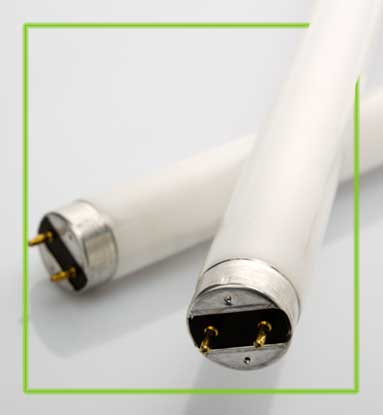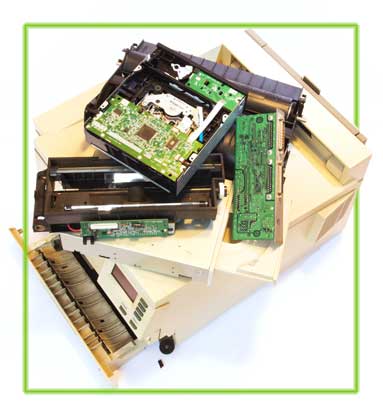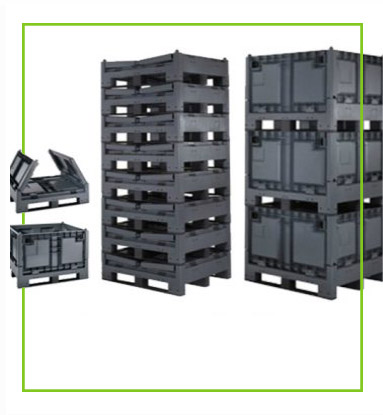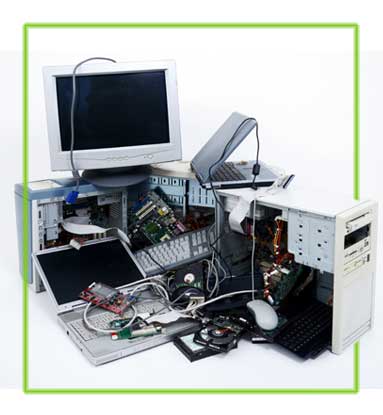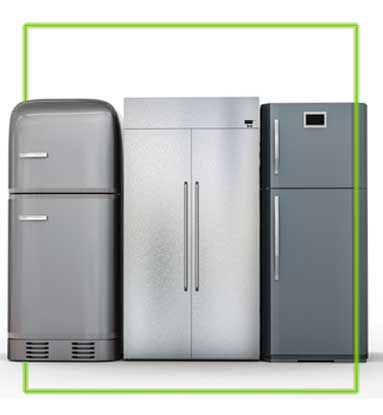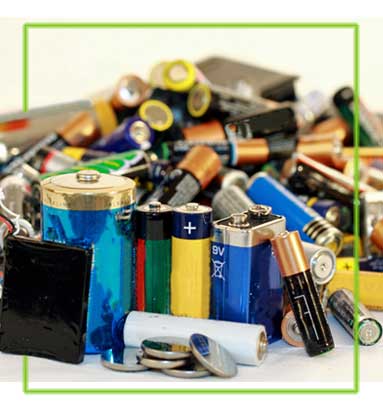EU Waste Directive
EU legislation restricting the use of hazardous substances in electrical and electric equipment (Directive 2002/95/EC) and promoting the collection and recycling of such equipment (Directive 2002/96/EC) has been in force since February 2003. The legislation provides for the creation of collection schemes where consumers return their used e-waste free of charge. The objective of these schemes is to increase the recycling and/or re-use of such products. It also requires heavy metals such as lead, mercury, cadmium, and chromium and flame retardants such as polybrominated biphenyls (PBB) or polybrominated diphenyl ethers (PBDE) to be substituted by safer alternatives.
EU legislation, waste collection, e-waste, fluorescent tube collection, fluorescent lamp recycling, fluorescent tube disposal
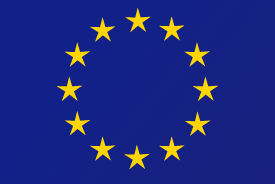
Despite such rules on collection and recycling only one third of electrical and electronic waste in the European Union is reported as appropriately treated and the other two thirds are going to landfills and potentially to sub-standard treatment sites in or outside the European Union. The collection target of 4 kg per person per year does not properly reflect the situation in individual Member States. Illegal trade of electrical and electronic waste to non-EU countries continues to be widespread.
Inadequately treated products pose major environmental and health risks. In December 2008 the European Commission proposed to revise the directives on electrical and electronic equipment in order to tackle the fast increasing waste stream of such products. The aim is to increase the amount of e-waste that is appropriately treated and reduce the number that go to final disposal. The proposals also aim reduce administrative burden.
The Commission proposes to set mandatory collection targets equal to 65% of the average weight of electrical and electronic equipment placed on the market over the two previous years in each Member State. The recycling and recovery targets of such equipment now cover the re-use of whole appliances and weight-base targets will increase by 5%. Targets will also be set for the recovery of medical devices.
Member States where the consumption of electrical and electronic equipment is widespread would have more ambitious targets under the new directive while others with smaller markets will have less ambitious targets.


